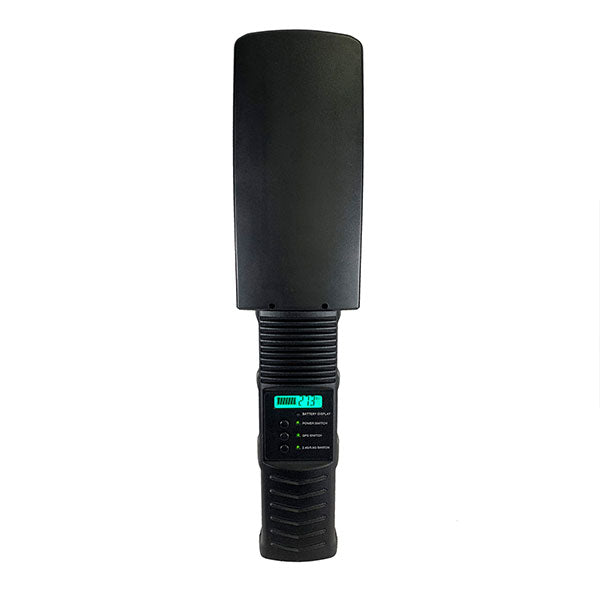What channel does the drone signal jammer use to block the signal?
The channels and technologies used by signal blocker depend on the specific device and manufacturer. Methods for jamming drone signals can be wide ranging and include the following:
Radio Frequency Interference: Drones often use radio frequency signals for remote control and communication. Drone signal jammers can emit radio frequency signals at specific frequencies to interfere with the communication link between the drone and its remote controller. This interference can block the drone's remote control signal, making it unable to receive instructions or execute commands.

GPS interference: Global Positioning System (GPS) is one of the key technologies for drone navigation and positioning. UAV signal jammers can emit electromagnetic waves of specific frequencies to interfere with the UAV's GPS receiver, making it unable to accurately obtain location information or misleading the navigation system, thus interfering with the UAV's flight path.
Electromagnetic interference: UAV signal jammers can interfere with UAV electronic equipment and sensors by emitting powerful electromagnetic signals. This interference can affect the drone's internal electronic systems, causing it to lose stability or fail to function properly.
It is important to emphasize that the specific channels and technologies will vary between different drone signal jammers. When using drone signal jammers, you must comply with local laws and regulations and ensure that it does not cause unnecessary interference to surrounding legal communication systems or drones.













